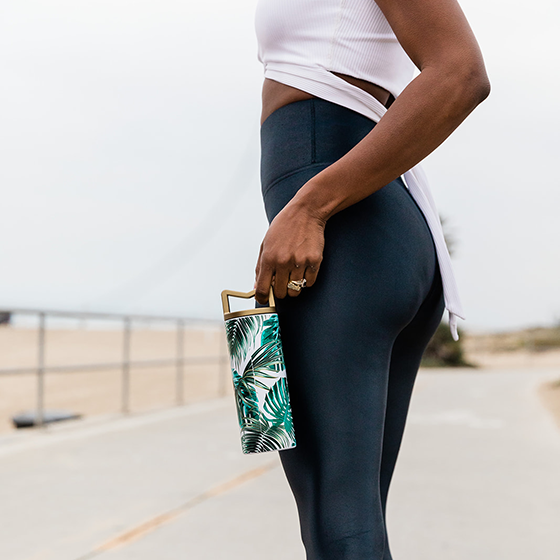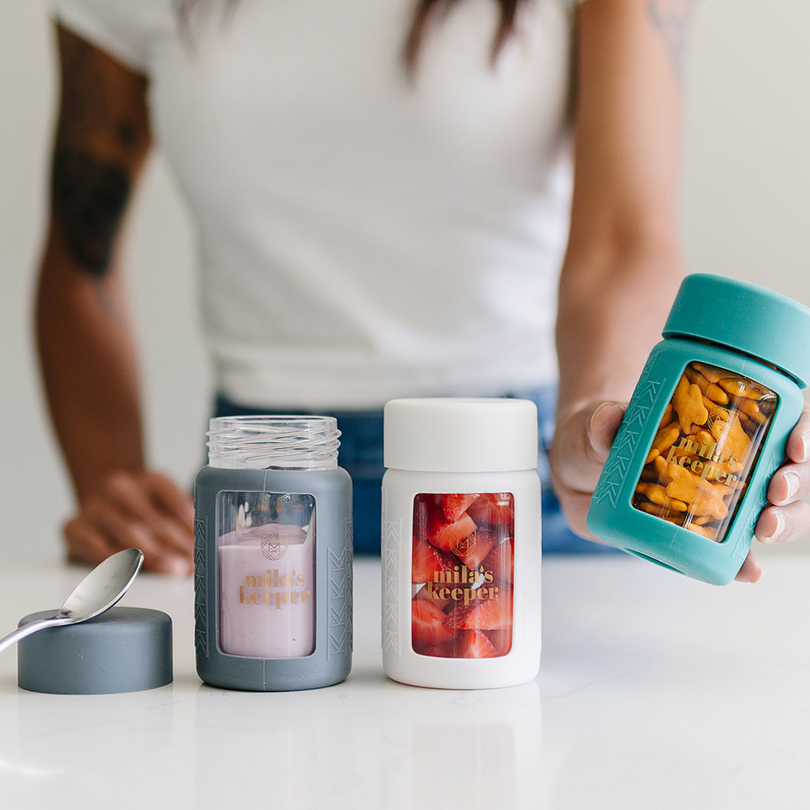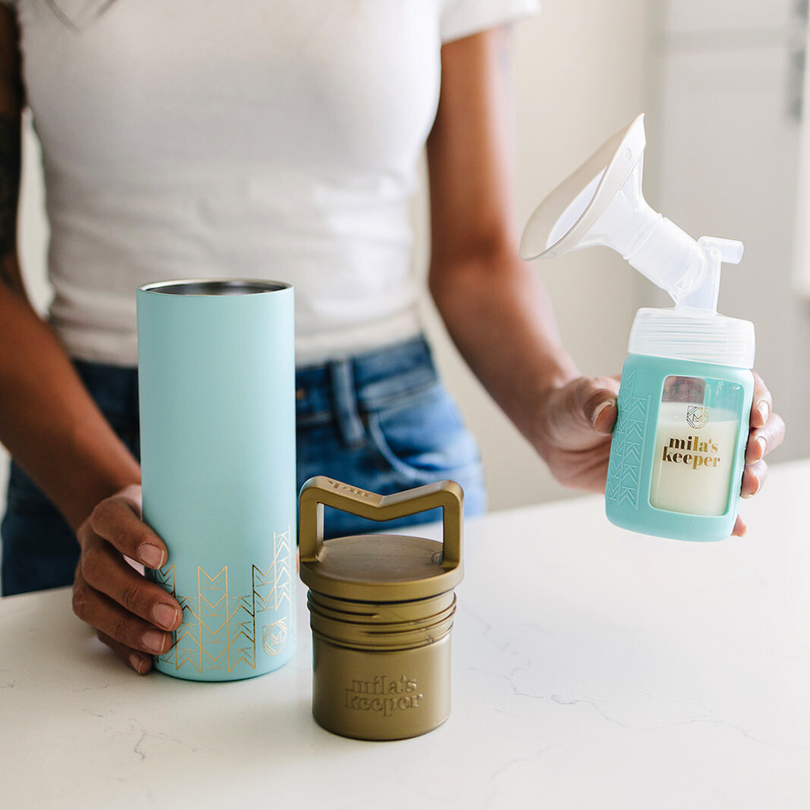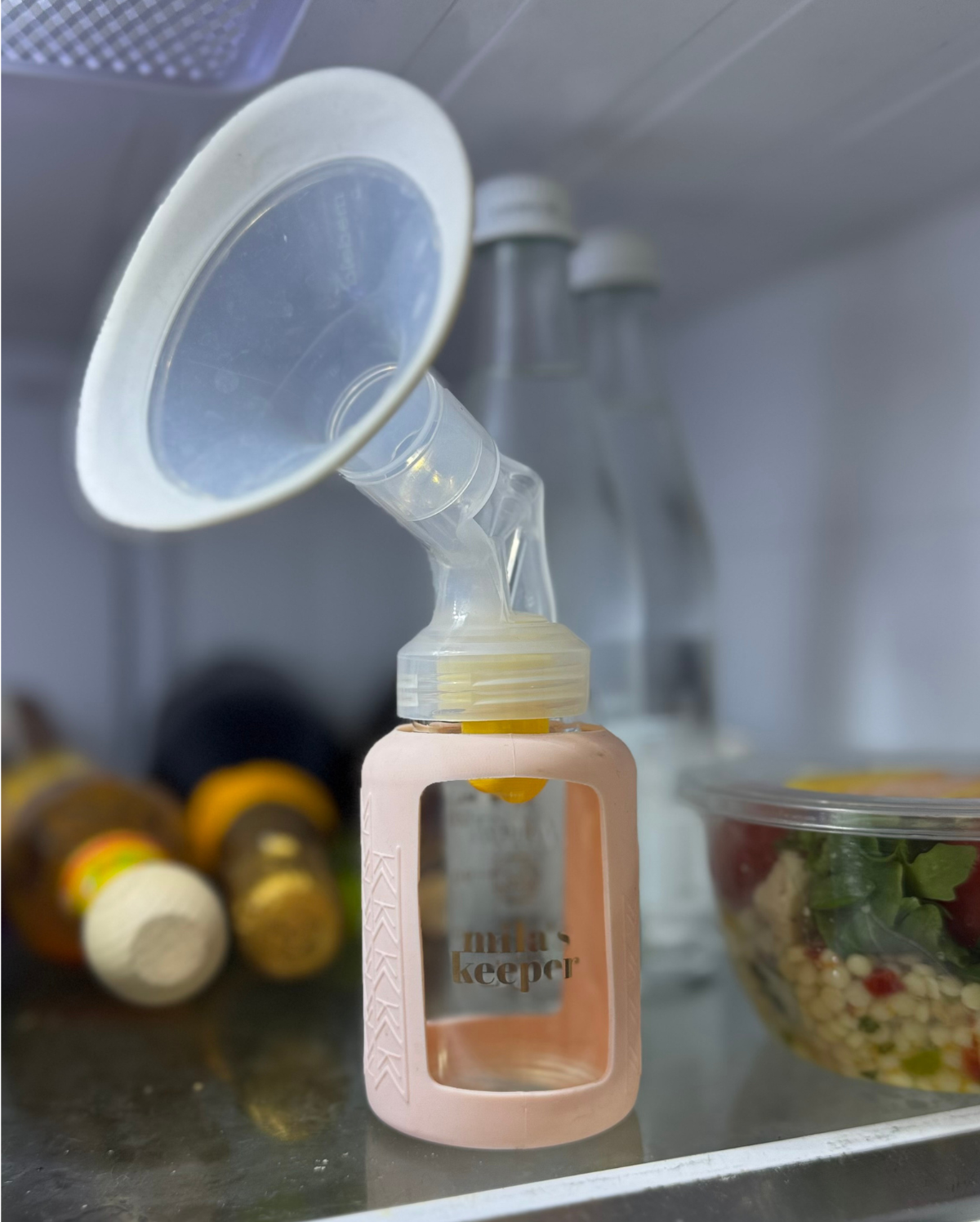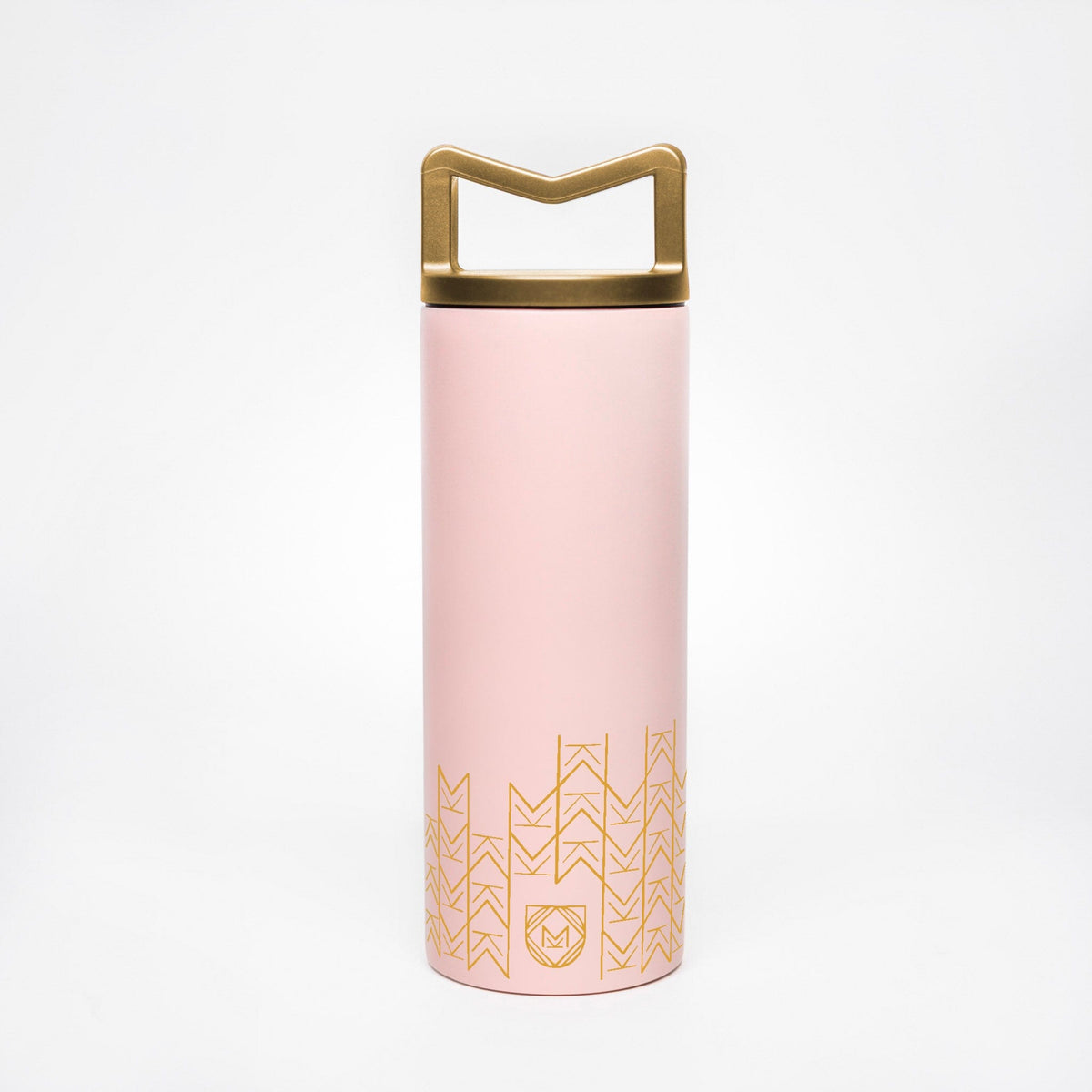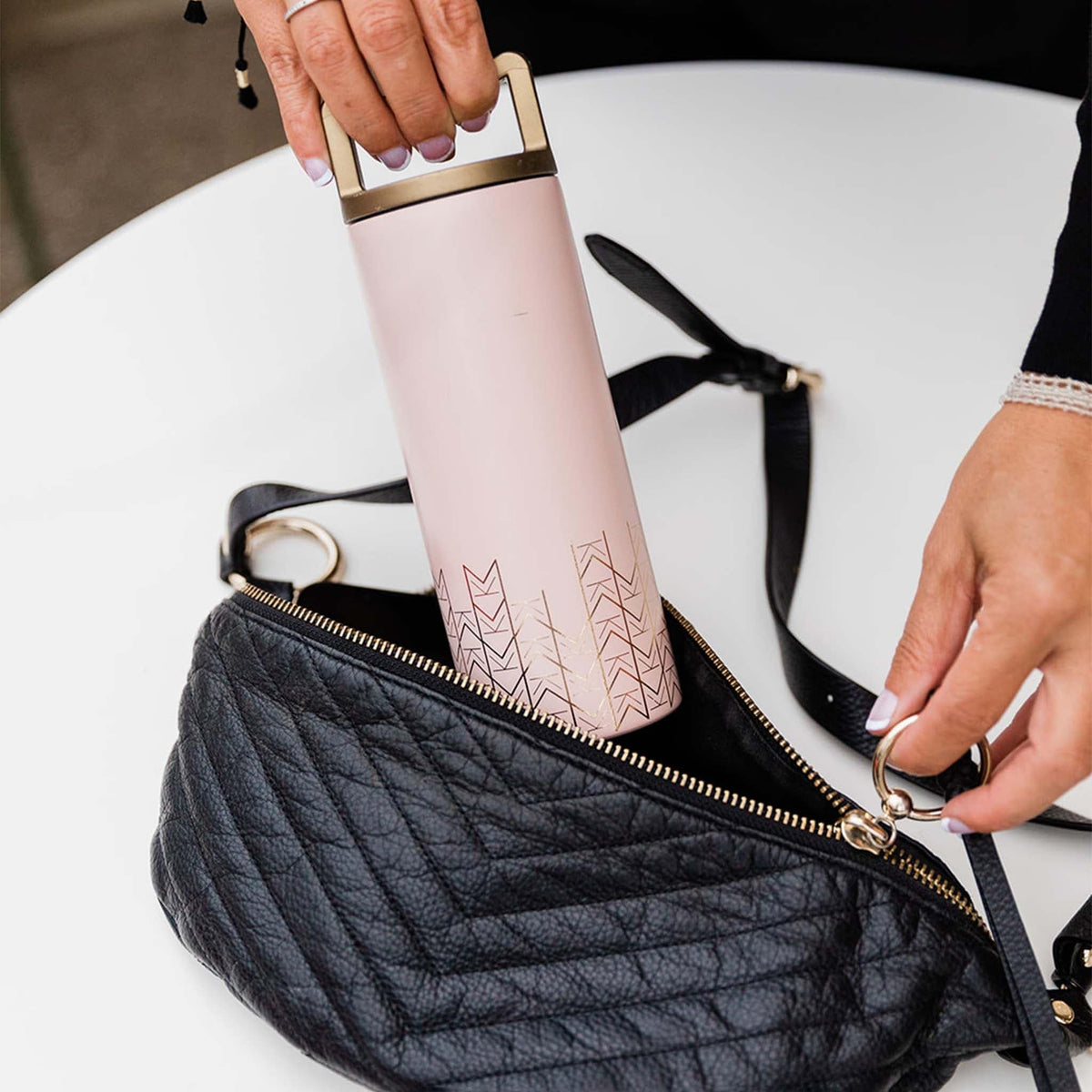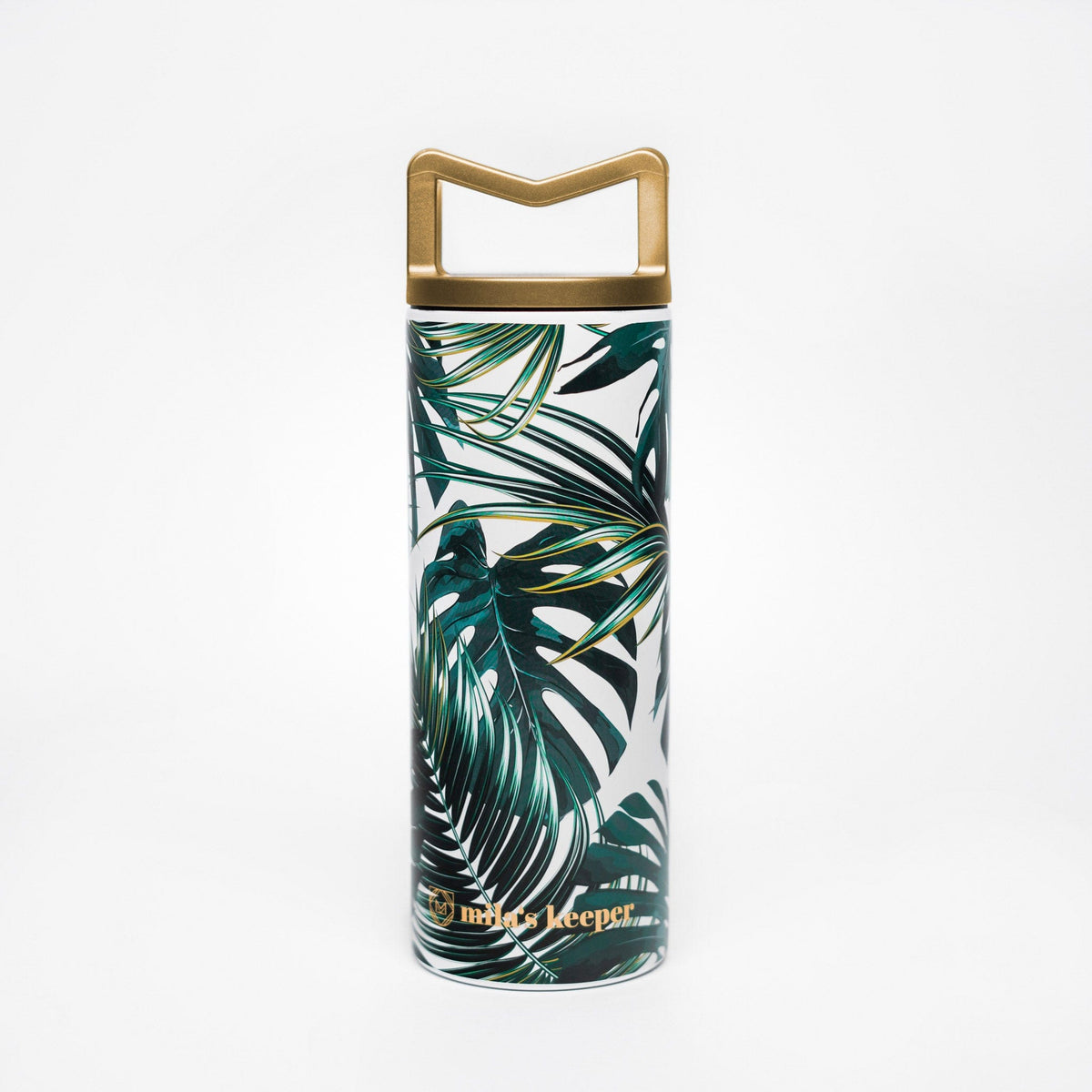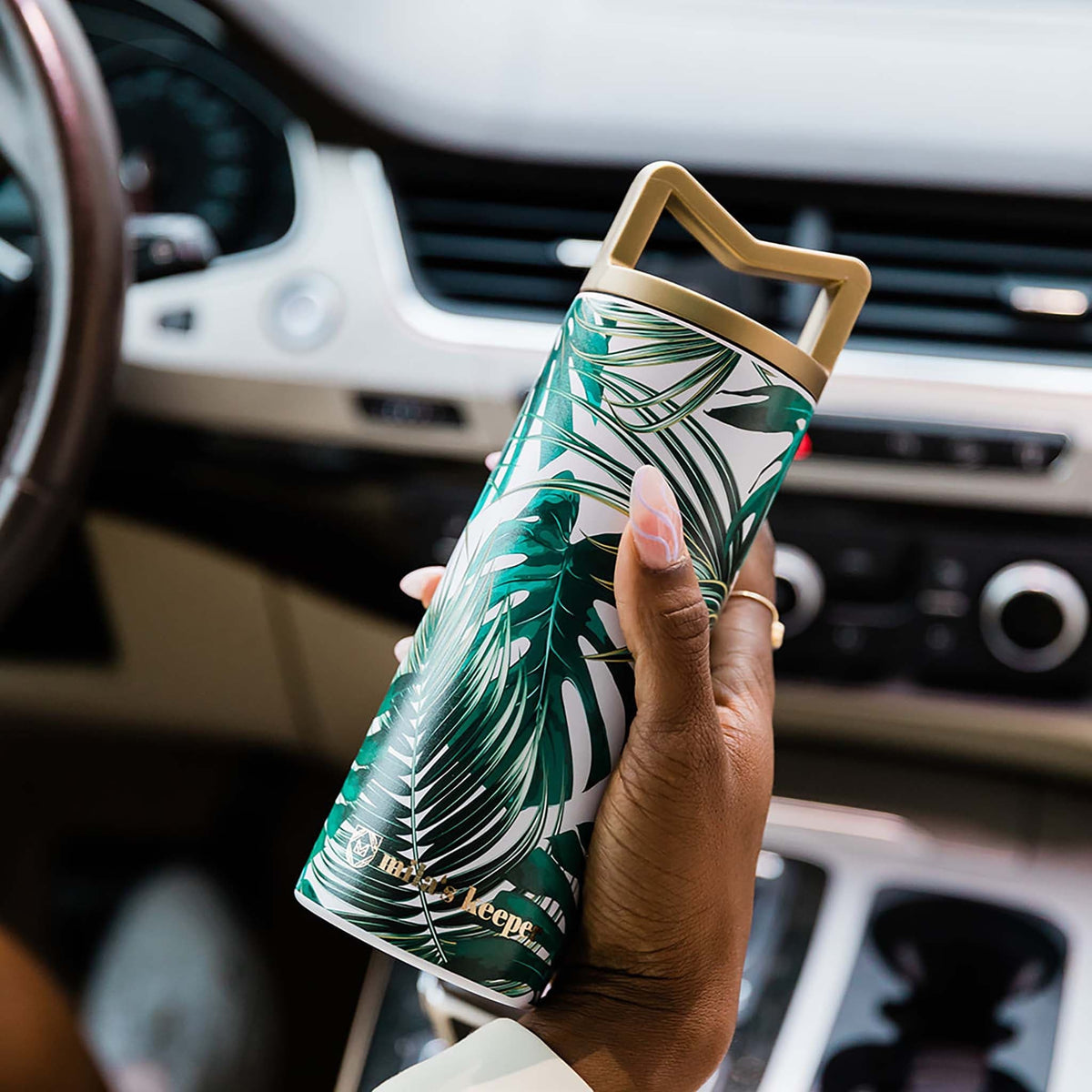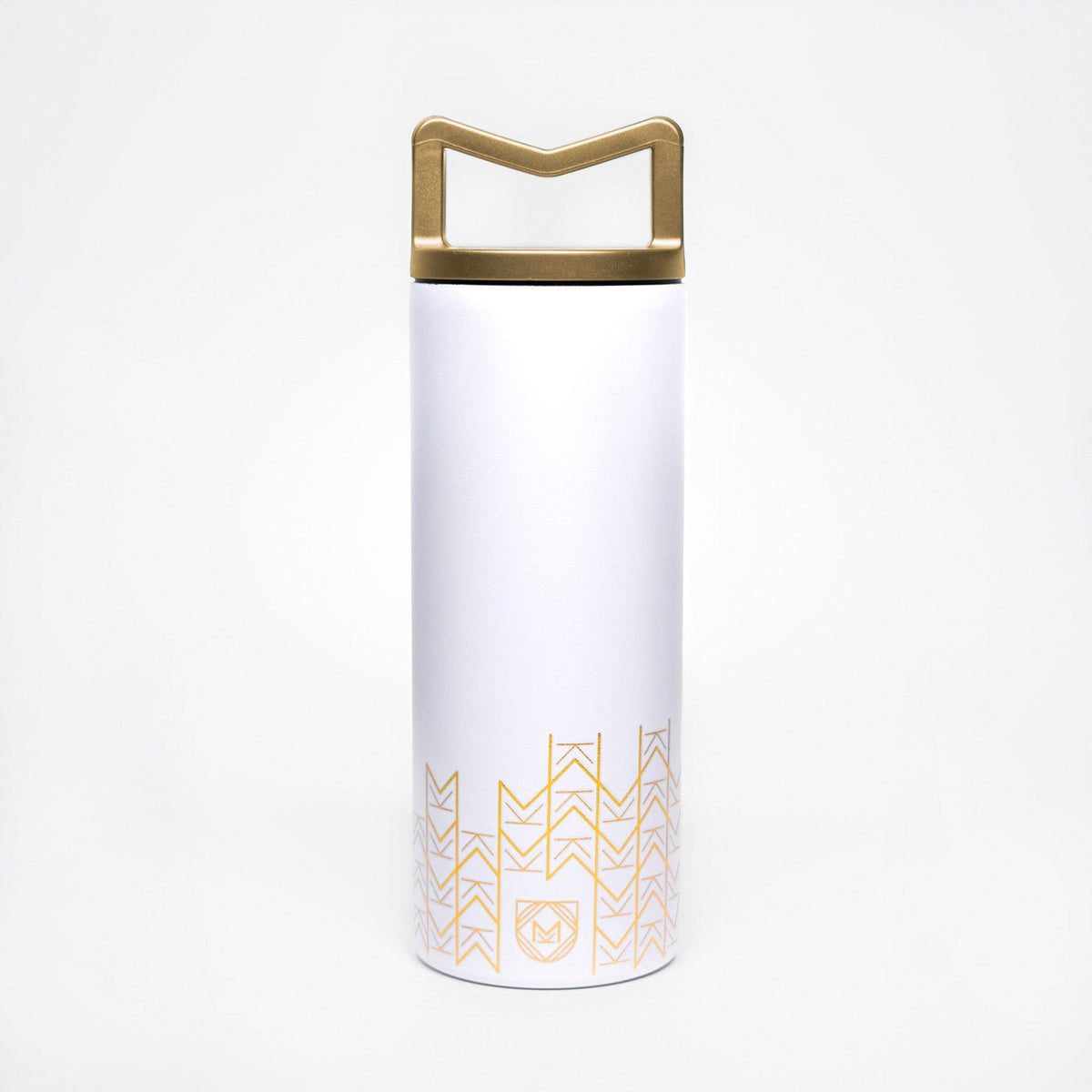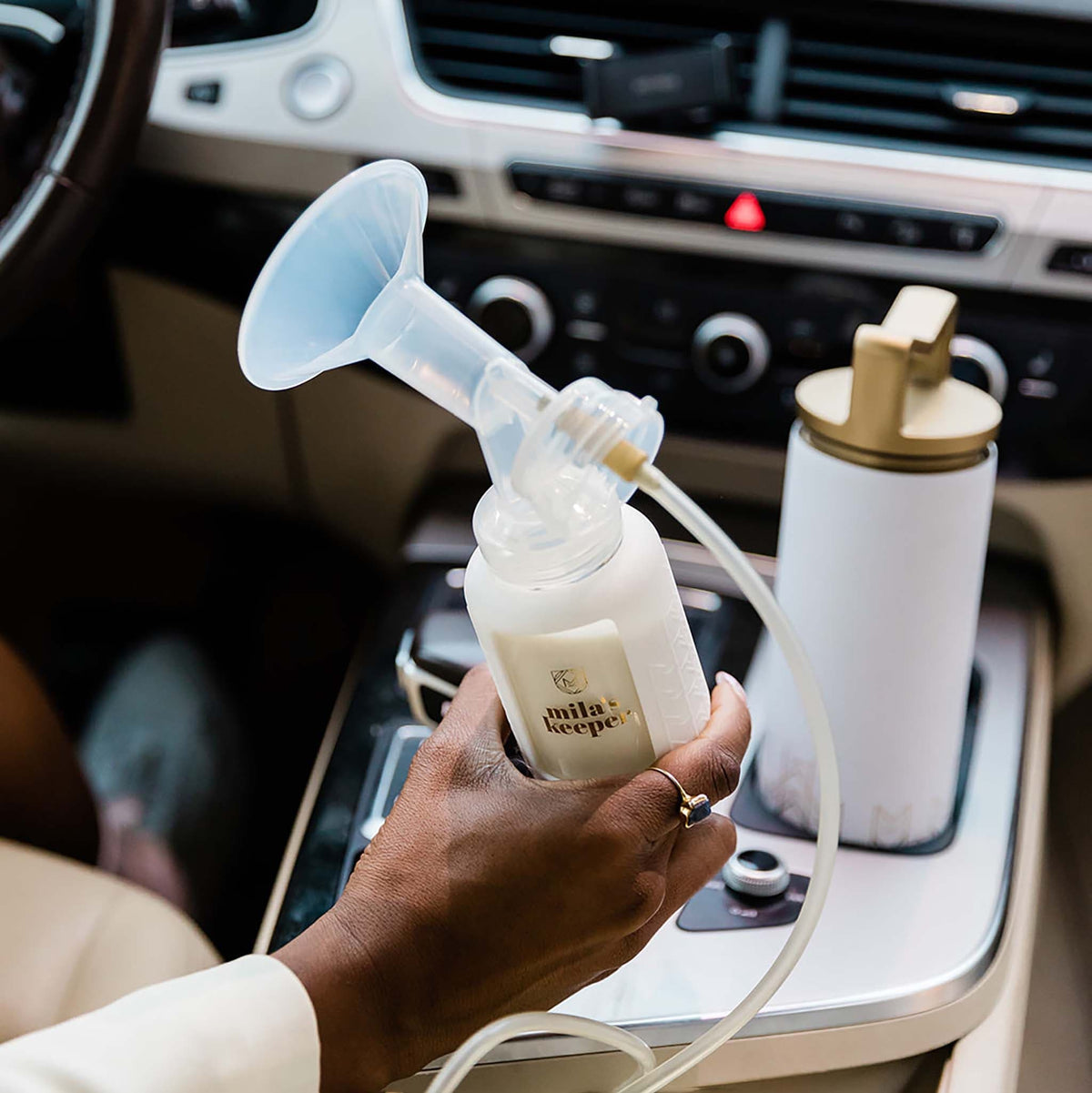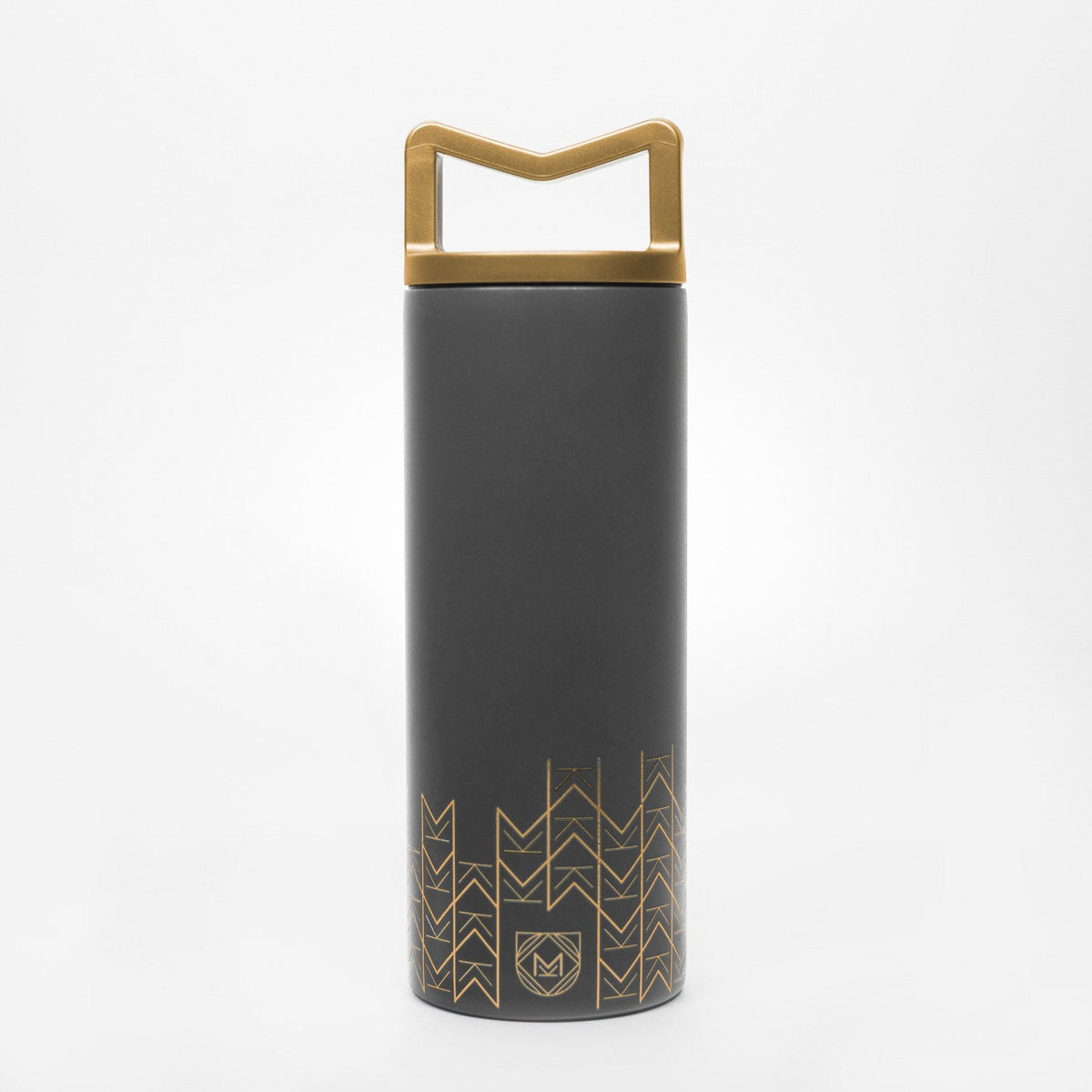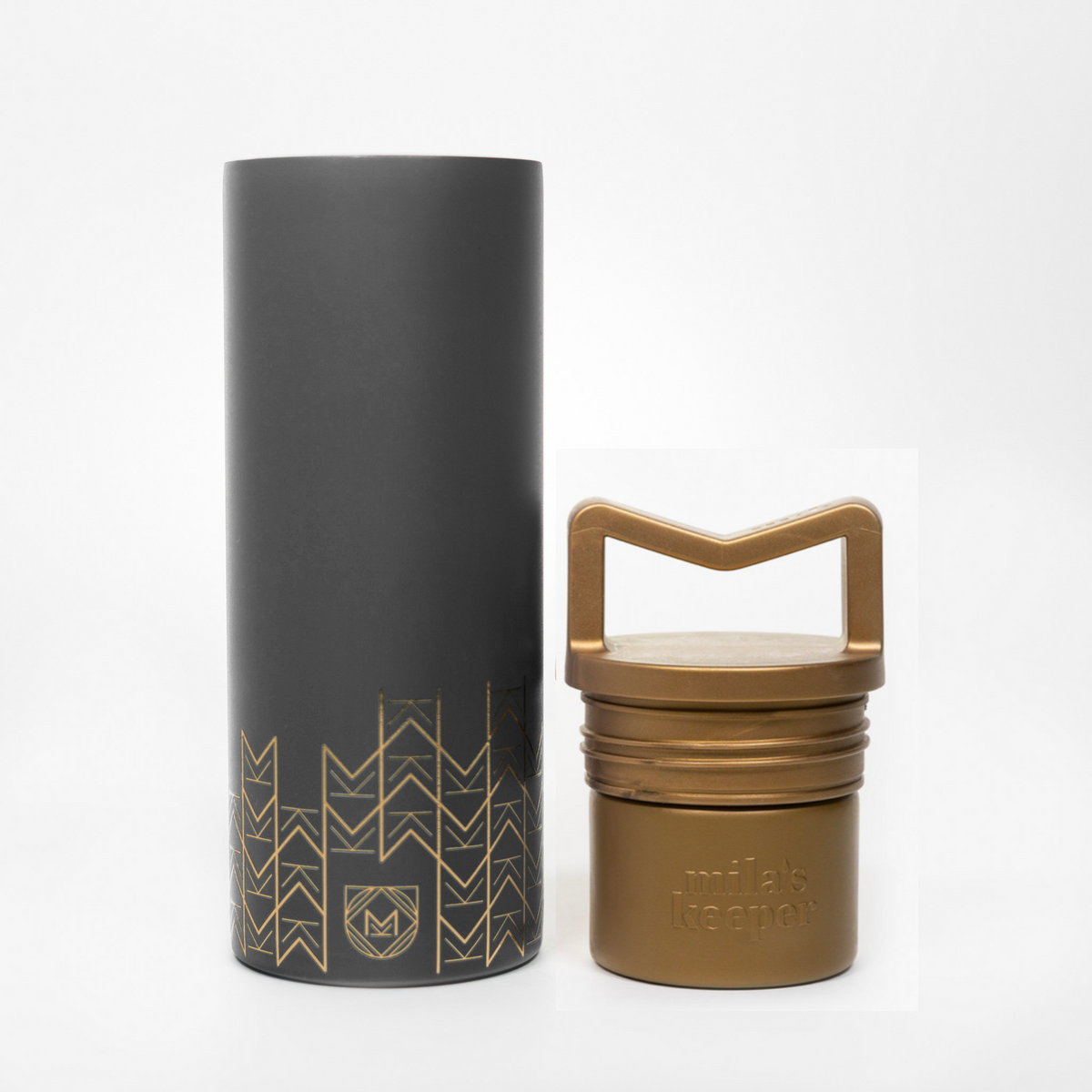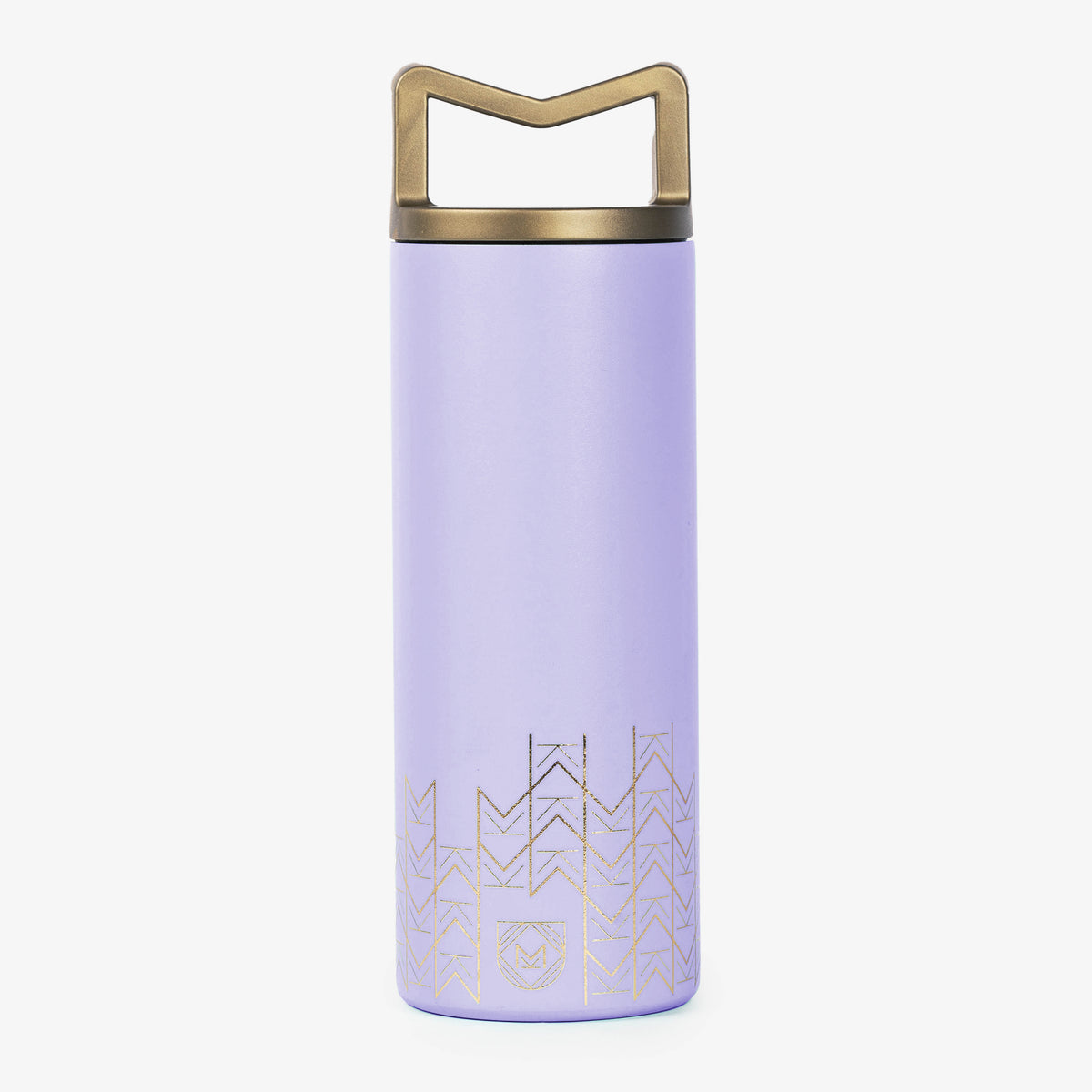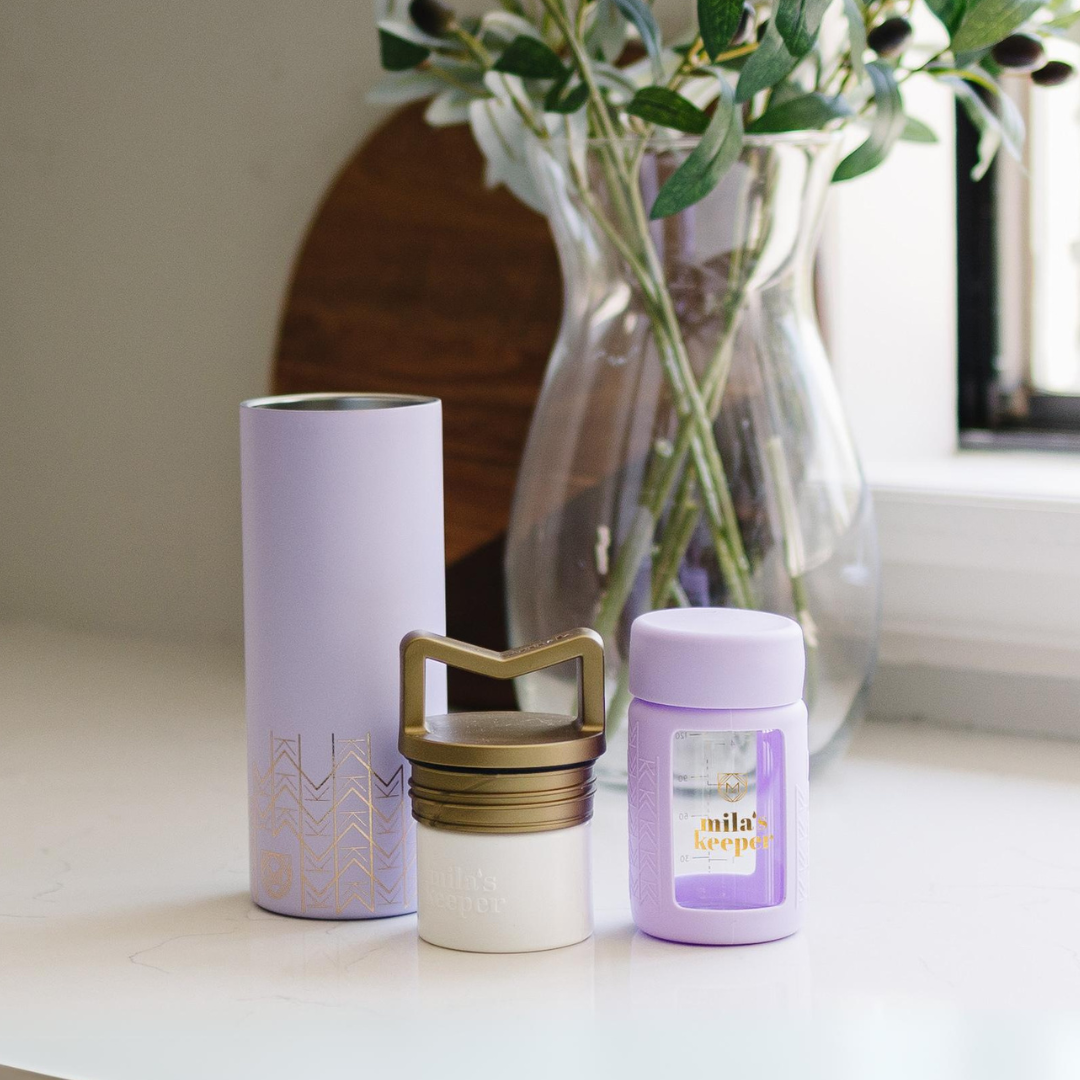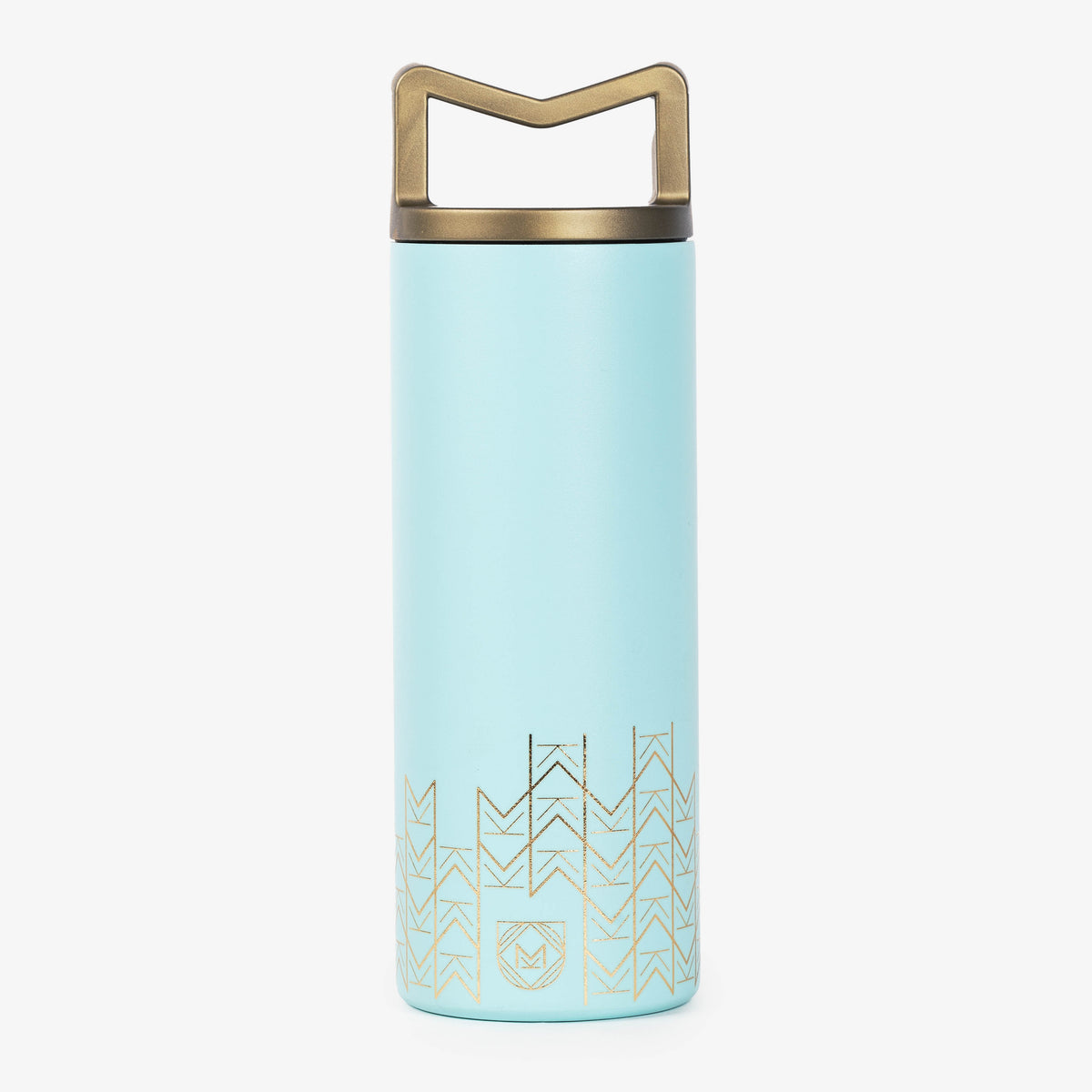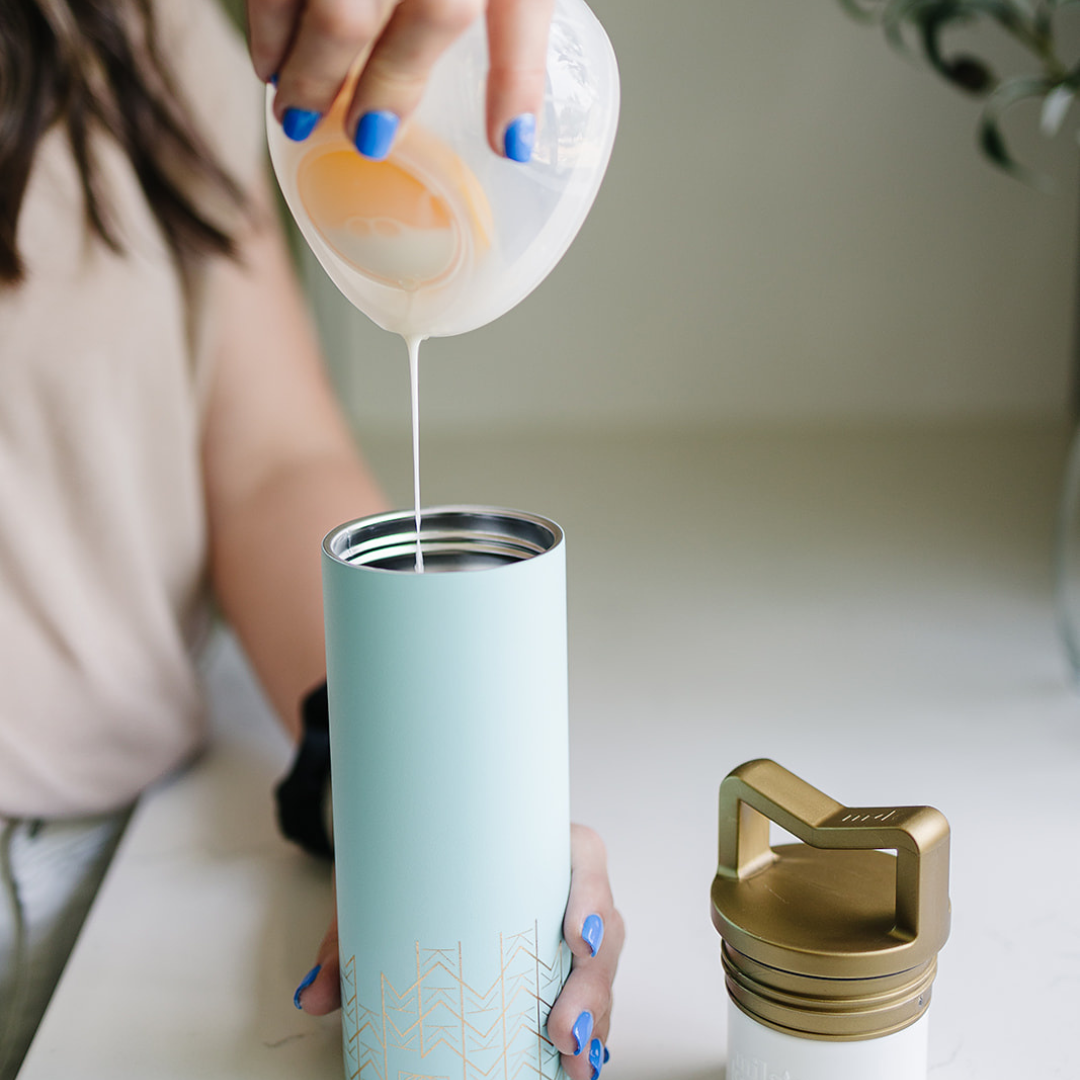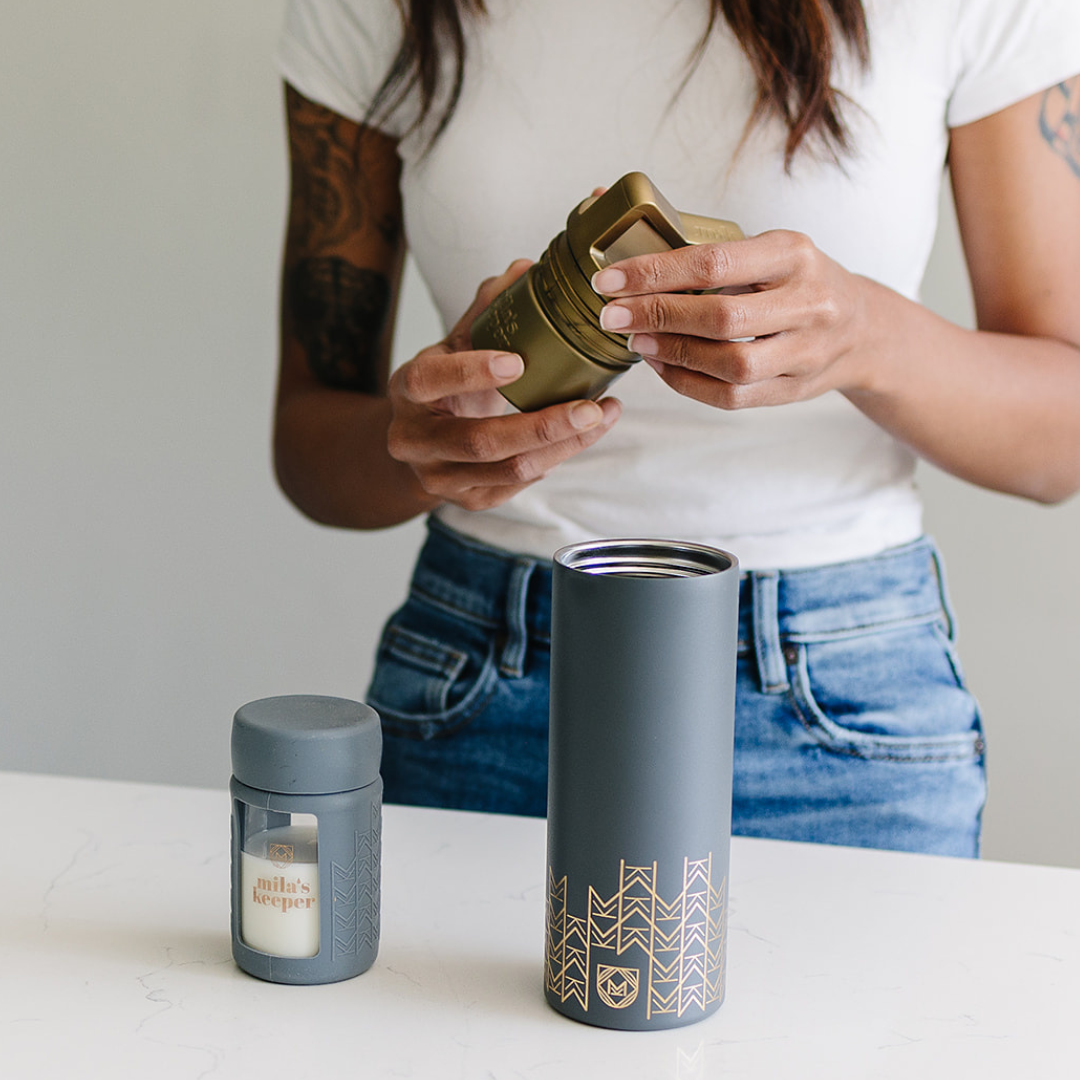As a parent, you strive to provide the best care and nourishment for your little one. From breastfeeding to bottle feeding, every decision you make is driven by a desire to ensure their well-being.
One popular question that often arises is whether it's safe to mix freshly expressed breast milk with cold. Well, here's the science available behind it: Freshly expressed breast milk contains essential antibodies and enzymes that help boost your baby's immune system and aid in digestion. When cold milk is added to fresh milk, it can create the ideal environment for bacteria to grow and potentially compromise these valuable components.
That being said, we know that many parents today do mix different temperatures of milk, and from their experiences, no harm has been found, especially as the concept of pooling has become more popular. This leaves many breastfeeding moms, including ourselves to wonder, is it really all that bad to do?
In this article, we’ll dig deeper into the science we have found behind the recommendation of not mixing freshly expressed (warm) breast milk with cold, and some of the data which may contradict the recommendation. We also want to provide you with practical tips to ensure your baby receives the full benefits of breast milk.
Please keep in mind that no matter what studies we present, every parent should do their own research and speak with their medical professionals to determine what’s best for them and their baby. We get that sometimes you need to make a judgment call and ultimately it’s up to parents to do what they’re capable of doing for their babies.
The Science Behind the Temperature of Breast Milk
Breast milk is a complex fluid that’s produced by a mother's body to meet the specific nutritional needs of her baby. One important aspect of breast milk is its temperature. Right after pumping, the temperature of your milk will be approximately 98.6°F, which is similar to your body temperature.
Breast milk that’s been stored properly in your refrigerator is cooled to around 38 to 40°F. When you combine freshly expressed breast milk with refrigerated breast milk, the cold milk's temperature increases to above recommended storage temperatures, which according to some studies, could create an optimal environment for bacteria to thrive. According to the Academy of Breastfeeding Science, breast milk for full term babies can be kept safely at temperatures below 59°F for 24 hours.
Expert Opinions and Studies on the Topic
So what do the experts say? The general consensus among experts is to avoid mixing the two temperatures whenever possible. The American Academy of Pediatrics (AAP) recommends avoiding the mixing of warm and cold breast milk to “maintain the quality, safety, and beneficial components of the milk.” In 2021 the AAP briefly changed its recommendations and stated that “mothers can mix warm milk and cold”, however, that stance was short-lived and they removed that guidance from their Frequently Asked Questions page not long after, without any explanation.
A 2021 study, Expressed Breast Milk Contamination in Neonatal Intensive Care Unit studied breast milk expressed by mothers for their babies in the NICU. Researchers wanted to find out how prevalent bacterial contamination was in the bottles of expressed breast milk the mothers were giving to their preemie babies. The study found that about 90% of the samples of milk taken were contaminated with bacterial growth. In the contaminated samples, the isolated organisms included Staph, Strep and Salmonella. Researchers noted that “bacterial growth was significantly associated with mixing the freshly expressed warm breast milk with refrigerated one expressed earlier in the same day.” The study also stated: “Actually, many studies have indicated that fresh milk should be cooled before adding to cold milk in the fridge and that stored milk should be rotated using first-in-first-out (FIFO) principles with the oldest milk being used first.”
Another study done in 2012, Pooling Expressed Breastmilk to Provide a Consistent Feeding Composition for Premature Infants, looked at whether pooling breast milk over a 24 hour period provides more consistent calories. Moms in the study alternated between pooling milk and collecting it from individual pumping sessions. The study concluded that pooled milk had less variation in caloric content and didn't significantly increase bacterial contamination compared to individual samples. They stated that "Twenty-four-hour pooling of human milk reduces nutrient and caloric variability without increasing bacterial counts."
And there you have it, conflicting reports - and additionally, there is a very limited number of studies on the exact nature of mixing breast milk of different temperatures, at least not a lot that can be found published online. It is hardly conclusive except to follow what the CDC and AAP recommend currently. For many busy mamas, they may follow the recommendation directly or just need to weigh what little scientific evidence there is out there with their intuition.
 So what can we conclude about mixing warm milk with cold?
So what can we conclude about mixing warm milk with cold?
We can only say that mixing freshly expressed breast milk with cold milk might have some negative effects on the quality and safety of the milk. The studies above state that it can lower the temperature of the milk and potentially compromise the valuable antibodies and enzymes present in fresh breast milk. These components play a crucial role in supporting your baby's immune system and protecting them against infections.
With the knowledge that the composition of breast milk can change with the health of the nursing infant, take into account what’s going on with your baby before mixing warm and cold breast milk- you may want to be extra cautious with a baby that might need that extra immunity.
For examples scientists have found that nursing infants with a respiratory infection can actually alter the composition of their mother’s milk, giving it a more anti-inflammatory profile. When exposed to the infection, the mother’s incredible body quickly gets to work, producing antibodies in her breast milk to help build natural immunity for her baby
The CDC also recommends sterilizing equipment for babies under 3 months old due to their extra vulnerability during this stage. Applying the same principle, we might consider mixing milk only once a baby has passed their third-month milestone.
Secondly, mixing fresh breast milk and cold milk can create an uneven temperature in the mixture. This can lead to discomfort for your baby during feeding. Babies have sensitive palates, and a variation in temperature might be unpleasant for them.
However, as you probably know, no two babies are alike and while one baby might reject a bottle because of uneven temperatures, another might not be fussy about it at all. You’ll get an idea of what your baby can tolerate pretty quickly and adjust from there.
A third consideration is whether mixing milk at different temperatures could increase the risk of bacterial growth and contamination. While it's unlikely that combining warm and cold milk will spoil your breast milk, if you ever have doubts, trust your nose, when in doubt, give it the smell test. Just like cow milk, breast milk will have a very distinctive spoiled smell. If the milk does smell spoiled, you want to avoid giving it to your baby. If your milk has a slight sour smell, it’s not necessarily because it’s gone bad, it could be because of an excess of lipase in the breast milk.
Plenty of moms mix breast milk at different temperatures without any issues at all. If it’s something you’re hesitant to do, but would like to do, either out of convenience or another reason, sometimes you just need to chat about it with somebody in person. Reach out to a lactation consultant, or go to a breastfeeding support group and hear from other mamas about what works and doesn’t work.
Best Practices and Tips for Handling and Storing Breast Milk
To ensure that your baby receives the full benefits of breast milk and to maintain its quality and safety, it's important to follow best practices for handling and storing breast milk. Here are some guidelines to keep in mind:
- Express and store breast milk properly: Start by washing your hands thoroughly before expressing milk. Use clean and sterilized containers to collect the milk. Label the containers with the date and time of expression to keep track of freshness. Immediately store the collected milk in a refrigerator or freezer to maintain its freshness and quality.
- Maintain consistent temperatures: Avoid mixing warm breast milk with cold milk. If you need to combine different batches of breast milk, ensure that they are at the same temperature before mixing. This will help maintain a consistent temperature throughout the mixture and preserve the quality of the milk.
- Use milk within recommended timeframes: Breast milk can be stored in a refrigerator for up to four days and in a freezer for up to six months. Follow these guidelines to ensure that you are using the milk within the recommended timeframes and avoiding any potential risks. According to the CDC, breast milk can also be stored or transported in an insulated cooler with ice packs for up to 24 hours. This study suggests that breast milk is safe at 59° for up to 24 hours, noting minimal bacterial growth in study samples.
Some moms are mixing fresh breast milk with cooled breast milk as a way to warm milk for a feeding, but there are plenty of other ways to warm breast milk that are all recommended by experts.
Keep in mind that it’s not necessary to warm breast milk before a feeding, some babies tolerate cold breast milk just fine. So yes, your baby can drink cold breast milk! If you know that you’ll be giving bottles to your little one while on the go, you might want to consider starting them off with cold bottles to get used to it since they could have a harder time adjusting after becoming accustomed to warm milk.
Finally, we advise using a breast milk cooler system, that works either way by mixing or keeping separated individually in bottles, letting you choose what you're comfortable with, instead of one that forces you to mix breast milk of different temperatures.
Conclusion and Final Thoughts on Mixing Warm Breast Milk with Cold
Freshly expressed breast milk contains valuable antibodies and enzymes that support your baby's immune system and digestion. Mixing warm and cold milk might compromise these components and even create harmful bacteria. However, the chances of your breast milk getting spoiled by mixing freshly expressed breast milk with cooled breast milk are probably pretty low.
We recommend considering the different vulnerabilities of your babies when mixing milk and of course, speak to your lactation consultant when in doubt. While opinions may have differed at one point, current recommendations by experts emphasize the need for maintaining a consistent temperature to preserve the nutritional and immunological properties of breast milk.
When you’re talking about the quality and safety of your baby’s food, you want to be sure that you’re following the most up-to-date information available, which is something that we’ll always try and provide you with!
Keep Reading related blog: The Pros and Cons of the Pitcher Method: Pooling Breast Milk
A female-designed and female-run company, Mila's Keeper is on a mission to empower women to thrive during their breastfeeding journey by offering reusable, eco-friendly breast milk storage solutions for their day-to-day needs. Get the latest tips and info on Mila's Keeper products by following us on Facebook, Twitter, Instagram, Pinterest, and LinkedIn.

